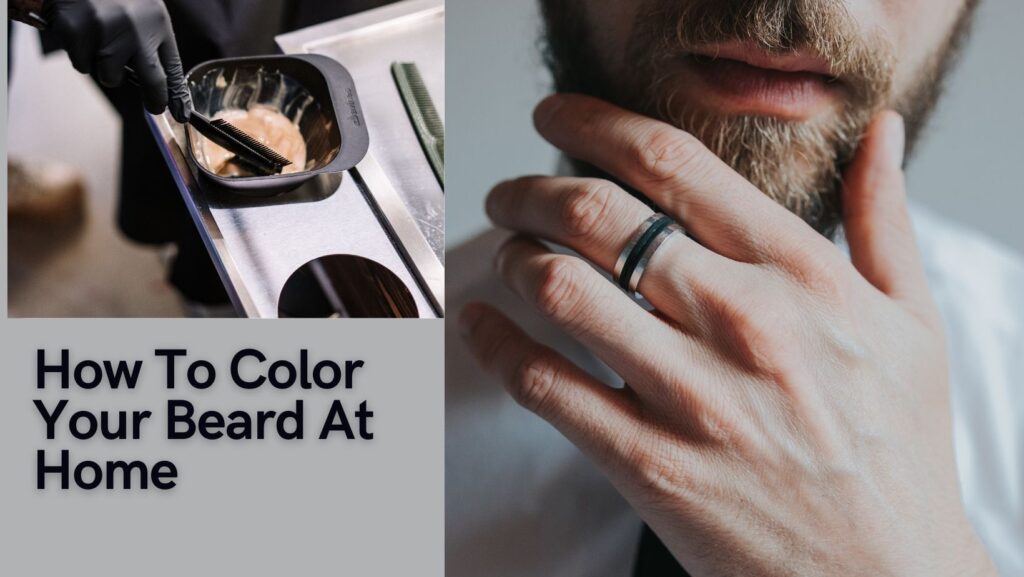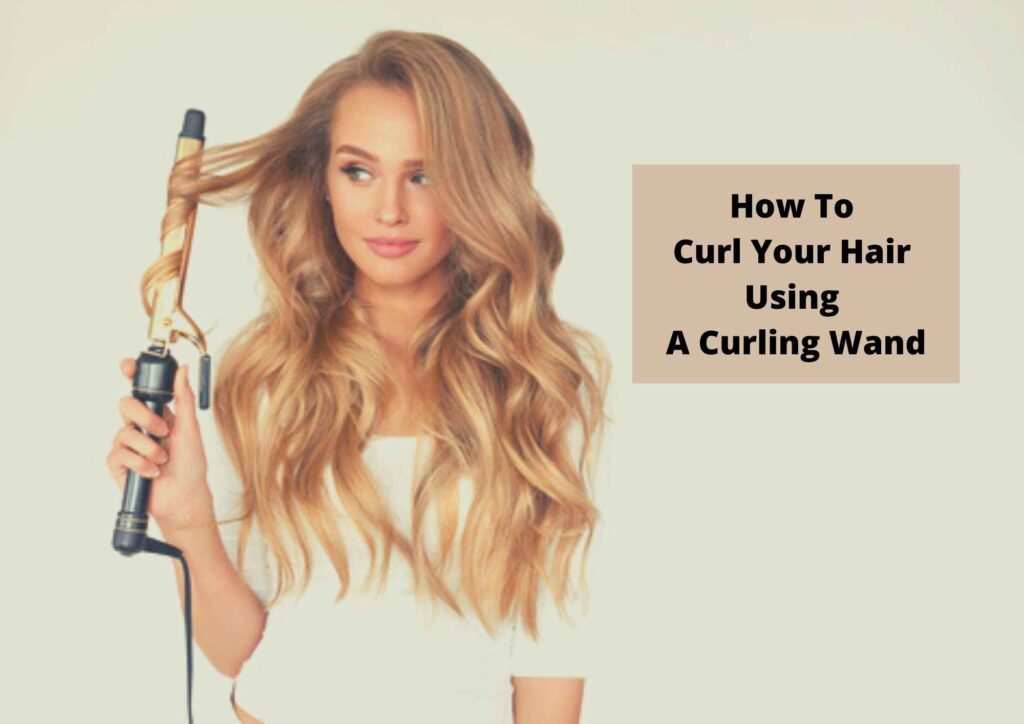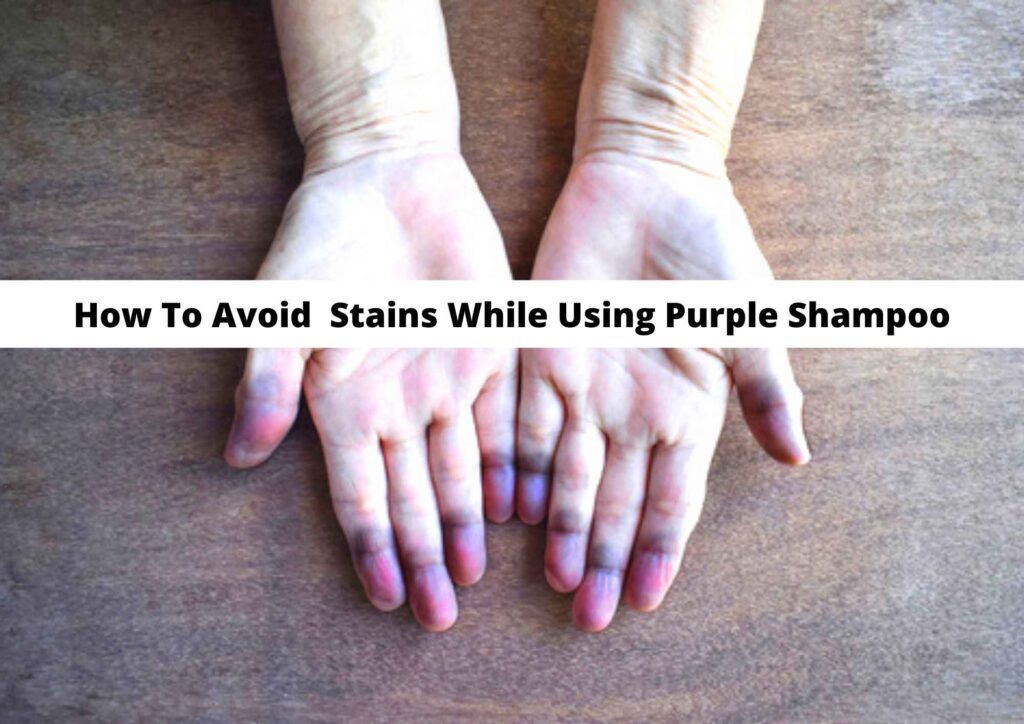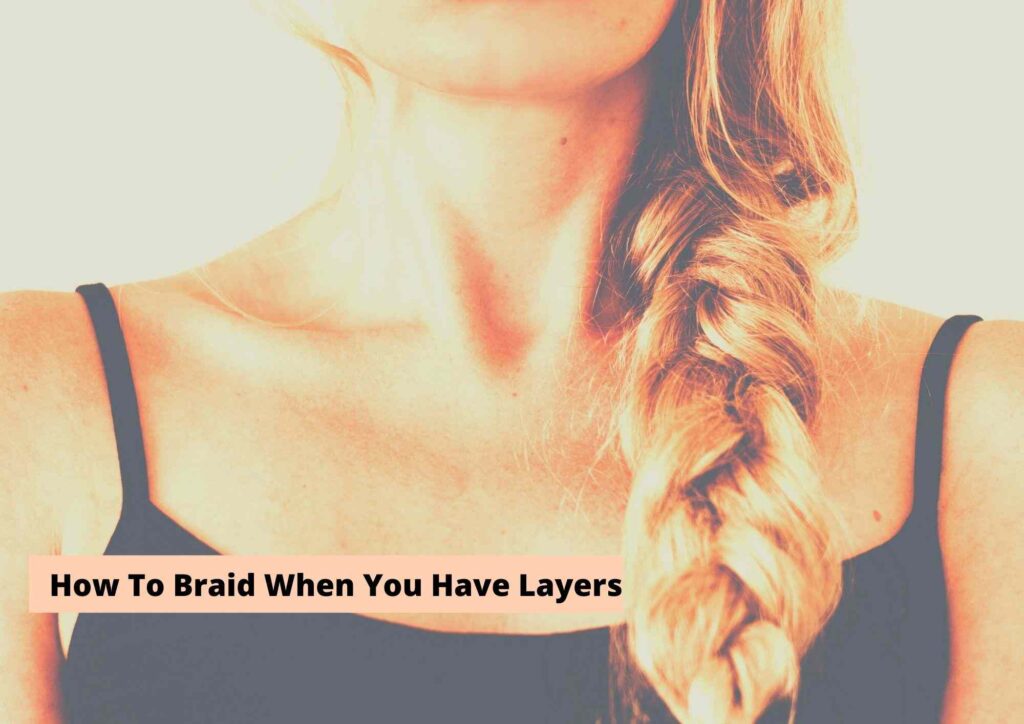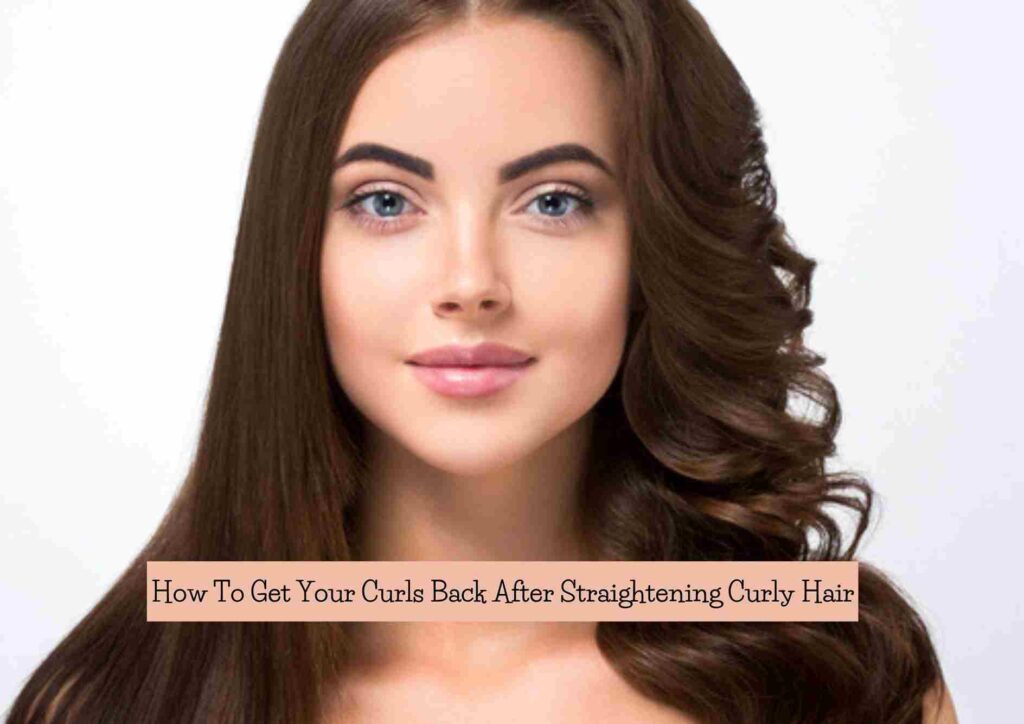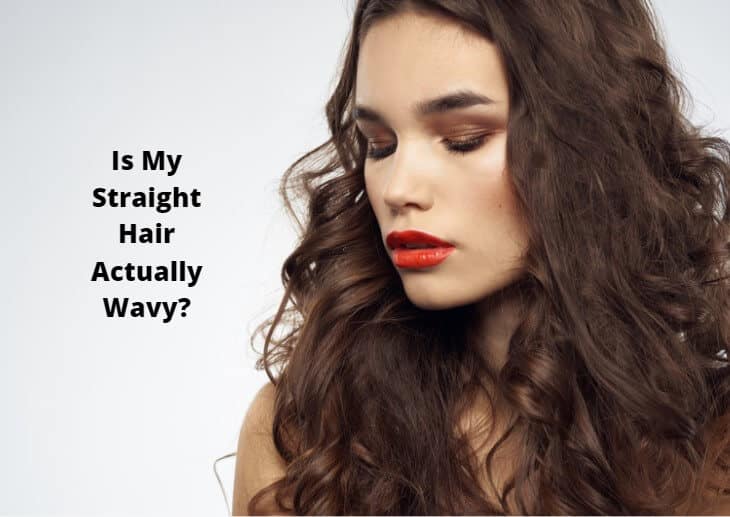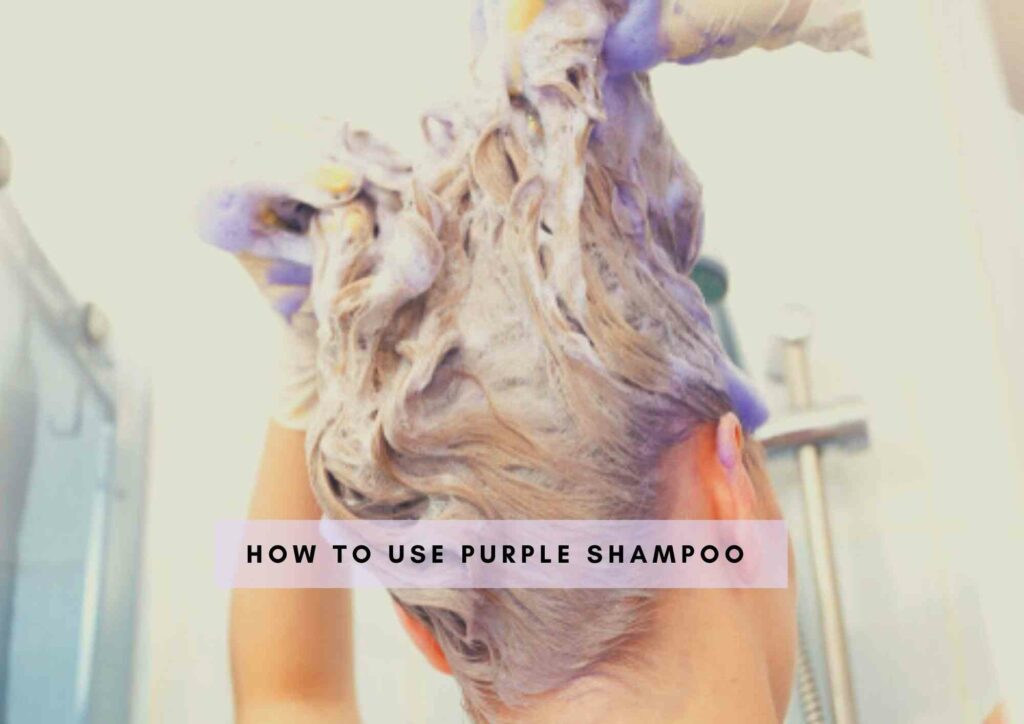Want to know how to get rid of hairspray flakes? Does hairspray wash out with water or do you need another shampoo to remove hairspray buildup on the scalp? Learn all about it here!
Hairspray flakes look like small white spots or flakes, sometimes have a waxy appearance and can often be confused with dandruff flakes.
They are visible on the hair, in between the parting lines and over the scalp and can sometimes lead to redness and scalp infections.
While many of you must be relieved that your hair flaking was not actually due to dandruff, but just because of the hairspray you use, you might want to find ways to get rid of it sooner!
I will tell you all about hairsprays, why they cause flaking, ways to get rid of hairspray flaking.
How To Get Rid Of Hairspray Flakes?
To eliminate hairspray flakes, start by brushing your hair gently with a soft-bristled brush to loosen and remove the flakes. Washing your hair with a clarifying shampoo can help dissolve and clear out any hairspray residue. Be sure to use lukewarm water, as hot water can further dry out your scalp and hair. After shampooing, apply a hydrating conditioner to replenish moisture. To prevent future flaking, opt for a lighter hold hairspray, apply it from a greater distance to avoid buildup, and regularly cleanse your hair to remove product accumulation. Always ensure your hair is dry before applying hairspray to avoid flakes.
Key Takeaways:
- Hairspray flakes resemble white spots, caused by polymers and silicones mixing with dry skin.
- Removal methods include clarifying shampoos, baking soda mixtures, micellar water, apple cider vinegar rinses, and scalp scrubs.
- Prevention tips: Maintain distance while spraying, choose alcohol-free hairsprays, and avoid excessive use to prevent buildup and hair damage.
How To Get Rid Of Hairspray Flakes
Use a clarifying shampoo to remove hairspray flakes

Clarifying shampoos are very effective in helping get rid of buildup from the hair and scalp as they are strong enough to cut through the buildup and thereby detoxify your scalp and
But that being said, using clarifying shampoos often can cause major damage to your hair because they aren’t like regular cleansing shampoos, but contain harsh chemicals that completely strip the hair of nutrients and moisture and scalp of sebum making it itchy and inflamed. (Bin Saif, Ghada A et al. “The itchy scalp–scratching for an explanation.” Experimental dermatology vol. 20,12 (2011): 959-68. doi:10.1111/j.1600-0625.2011.01389.x)
Clarifying shampoos can be used once in a month or once every forty-five days and the best way to use these clarifying shampoos is by using it on the scalp and roots at first and then down towards the hair.
Here’s a tip – whenever you use a clarifying shampoo, make sure to not only condition your hair but also use a deep conditioning hair mask afterwards for the best moisturizing effects and to reduce excessive hair damage.
Use the baking soda method to remove flakes
Well baking soda has many uses and helping get rid of buildup is one of them. All you need to do is mix the baking soda with your hair shampoo and then wash your hair.
Here’s what you can do:
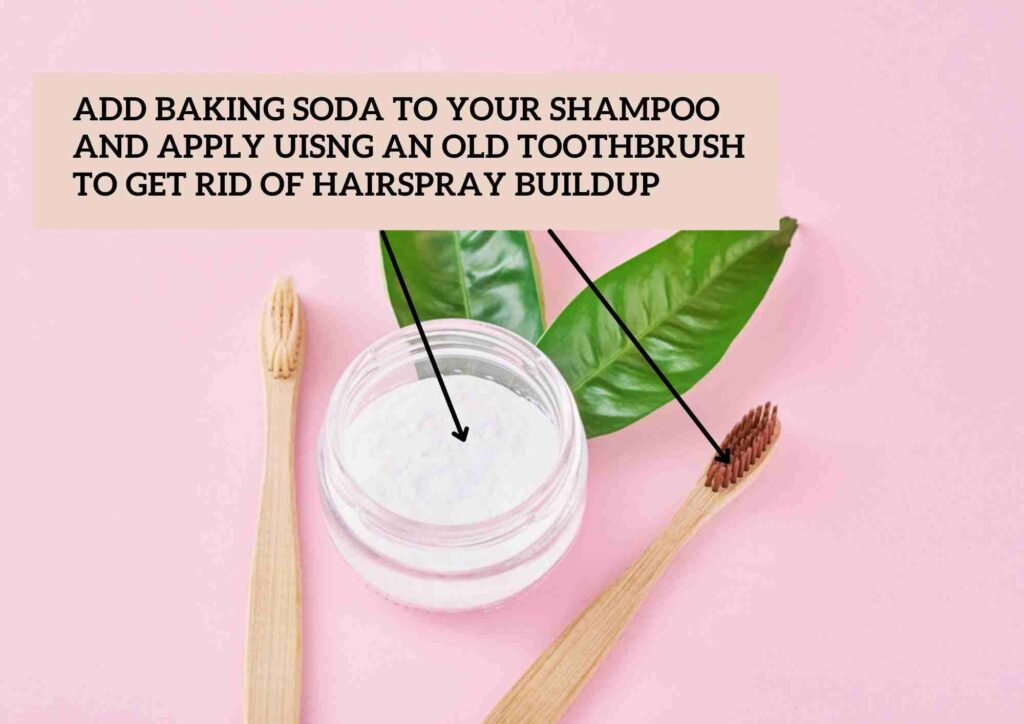
Mix half a teaspoon of baking soda with one tablespoon of your shampoo and mix it well. Then using an applicator brush, comb or your fingertips, apply this all over your scalp and hair and let it sit for 15 to 20 minutes.
The baking soda helps break down the hairspray particles and makes it easier to come off when washed with water.
Once the baking soda and shampoo mixture has been soaked well, rinse it off with plain water and then shampoo your hair another time, without the baking soda.
The best part is that this method is safe and can be used even once a week if you wish to, or until the flakes get completely washed off from your hair and scalp.
Try using micellar water to wash away hairspray flakes
Well since clarifying shampoos are very harsh on the hair and cannot be used very often, micellar water can come to your rescue. Micellar water is very effective in not only cleansing the hair and scalp, but also has nourishing properties.
Micellar water contains micellars (or clustered molecules) that attach themselves to all the impurities in the hair and scalp and dissolve them.
Micellar water contains no harsh chemicals like clarifying shampoos and can be used even once or twice a week.
Related: How To Remove Hairspray From Bathroom Walls And Floors
Use apple cider vinegar as a rinse to remove flakes

Apple cider vinegar, just like baking soda, has many benefits. The acetic nature of apple cider vinegar helps reduce and get rid of product buildup and grease on the scalp and hair.
All you need to do is dilute two tablespoons of organic apple cider vinegar in a cup of filtered water. Mix this well and transfer into a spray bottle.
Spray this all over your hair and scalp. Leave it on your hair for half an hour before rinsing off with shampoo. Condition your hair after using this hack, because apple cider vinegar is acetic and can dry your hair out.
Caution:
- Do not use undiluted apple cider vinegar on your hair.
- Patch testing is recommended.
- Do not overuse.
Use a scalp scrub of your choice to remove hairspray flakes
Scalp scrubs are best known for their exfoliation properties. Exfoliation involves removal of the product buildup, dead skin cells and flaking from the scalp.
You could either buy a scalp scrub and use it on your scalp or even make your own scalp scrub at home.
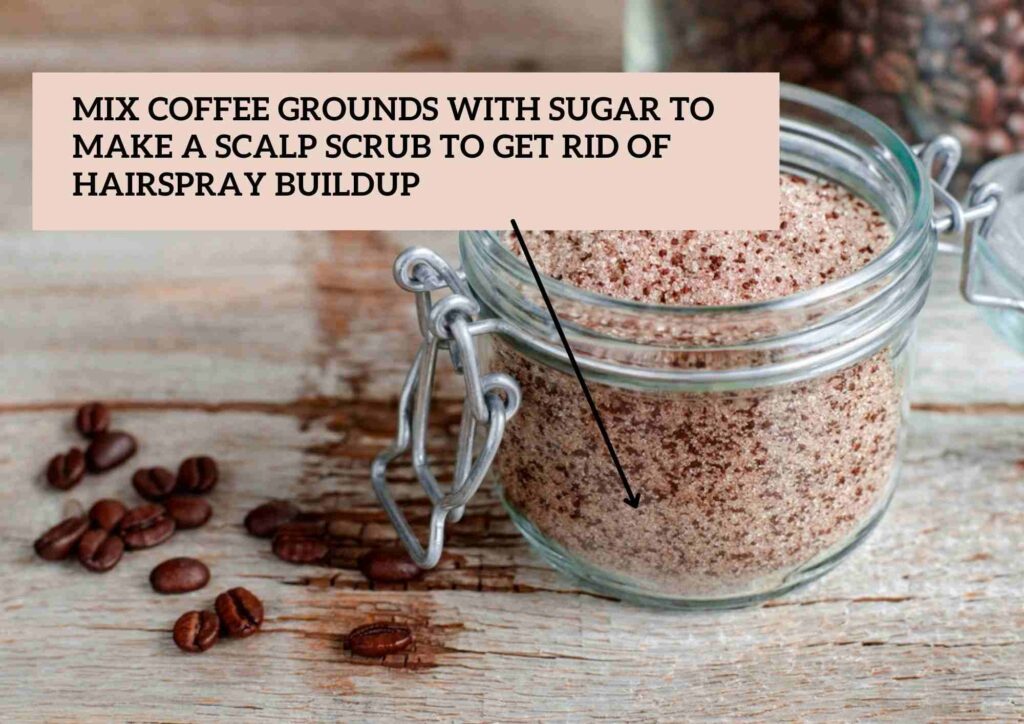
Here are two scrubs you could make at home:
1. Mix two tablespoons of semi-granulated sugar, with two tablespoons of any hair oil of your choice. Once well combined all this on your wet scalp and exfoliate using circular motions for 5 to 8 minutes before rinsing off with shampoo and conditioning thereafter.
2. Mix two tablespoons of coffee grounds with one teaspoon semi-granulated sugar and two tablespoons of any hair oil of your choice. Follow the same procedure as above for the application process.
Caution: Patch testing is recommended.
Why does hairspray buildup on scalp?
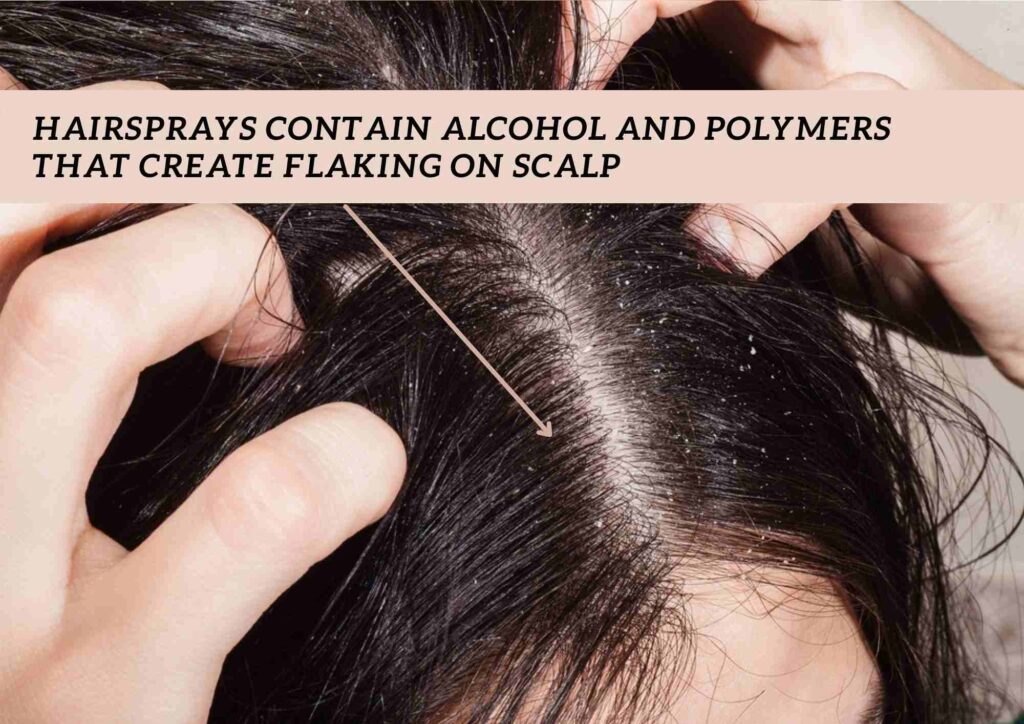
Hairsprays are often used for grooming by both men and women, in order to hold a person’s hairstyle in place. They come in the form of mists and are sprayed using an aerosol can.
Since hairsprays are used for setting the hair and holding a hairstyle in place, they contain certain chemicals like alcohol and polymers.
These polymers are those substances that act as the glue that holds the hairstyle in place for long hours while the alcohol makes the hair look dry in no time, because alcohol is a spirit and dries up in no time.
That is why these hairsprays once sprayed over the hair dry up very quickly and make the hair stand stiff.
Well, this is where the term “dehydrating glue effect” comes into play. If this term is new to anyone, it basically is the effect of the chemical reaction of the alcohol and polymers touching the hair to hold it in place.
Now the reason why these hairsprays cause flaking on the hair and scalp is because of the polymers and silicones present in the hairspray, the glue-like substances that do not wash off easily once applied.
Therefore, when we keep using these hairsprays, over time, a lot of the hairspray residue collects on the hair and scalp and gets mixed with the dry skin on the scalp, in time making it look flaky.
Therefore it is very essential to use hairsprays that are free from chemicals like silicones, alcohol and polymers. Yes, there are such hairsprays and you can look into the frequently asked questions to check out what are some of the brands you can try out too.
How to remove hairspray from hair without washing
Removing hairspray from your hair without washing can be done with a few simple methods. Here are some techniques to help you get rid of hairspray buildup:
- Comb Through Hair: Use a wide-tooth comb or a boar bristle brush to gently comb through your hair. This can help loosen the hairspray residue and distribute natural oils from your scalp to soften the hair.
- Apply Conditioner: Take a small amount of hair conditioner and apply it to your palms. Rub your hands together and then run them through your hair, focusing on the areas with hairspray residue. The conditioner can help break down the hairspray and make it easier to comb through.
- Use a Natural Oil: Apply a small amount of natural oil, such as coconut oil, argan oil, or jojoba oil, to your hair. Massage it in and leave it for a few minutes. The oil can help dissolve the hairspray residue and make it easier to remove.
- Apple Cider Vinegar Rinse: Mix one part apple cider vinegar with two parts water and pour the mixture over your hair. Gently massage it into your scalp and hair, then let it sit for a few minutes before rinsing with cold water. Apple cider vinegar can help break down hairspray buildup and leave your hair feeling refreshed.
- Lemon Juice Solution: Mix equal parts of lemon juice and water in a spray bottle. Spray the mixture onto your hair and let it sit for a few minutes. Lemon juice has natural acidic properties that can help dissolve hairspray residues. Rinse with water afterward.
Frequently Asked Questions
1. Why does hairspray flake?
Since hairsprays come in aerosol cans, holding them very close to your hair while spraying them on your hair can make the spray get concentrated in a certain area and get stuck.
Therefore, ideally holding the aerosol can around 6 to 8 inches away from your hair and moving the spray evenly around while using it, is advisable to reduce hairspray flaking.
2. Are there hairsprays available that do not cause flaking?
Using hairsprays that do not contain alcohol, polymers and silicones are always the best option to reduce flaking. Here are some hairspray brands that you could try out – Herbal Essences Bio: Renew Hairspray, Herbal Choice Mari Hairspray, HoneyBee Gardens Hairspray, Sexyhair, Herbivore Botanicals, O So Wow etc.
3. Can using hairsprays cause hair loss?
Hairsprays aren’t known to cause hair loss and therefore if you’ve heard that it does, then it is a myth. But, using hairsprays in excess can cause the hair to dry out, flake and get damaged and this can lead to hair loss.
4. Can hairspray be used on your hair every day?
Hairsprays can be used often, but then it should be used only in moderation. Overuse of hairsprays can damage your hair in the long run.
Also, if you do use hairsprays often (even if in moderation), remember to wash your hair regularly. If not, it can lead to hair damage, buildup and flaking.
5. Do hairsprays have a stronger hair hold as compared to hair gels?
Well, both gels and hairsprays are hair styling products and help hold the hairstyle in place. But the main difference between the two is that gels help in the styling process, while hairsprays complete the styling process by holding the completed hairstyle in place.
6. Can using hairspray with heat treatment cause damage to your hair?
Yes, it can, but only with hairsprays that contain alcohol. When alcohol comes into contact with heat, they dry up faster and also dries out the hair in the process. Thereafter each time you comb your hair, the static can cause the hair to break because it is dry and this can also make it rough in texture.
The final takeaway
Well, I hope you guys got all the answers you’ve been looking for and I hope that these methods can help you get rid of the hairspray flakes that have been bothering you all this while!
Why You Should Trust Us?
The author of this article, Leah Marie Priest has a degree in Cosmetology with years of experience in dealing with hair care, scalp care, and hairstyling. As someone who extensively deals with all kinds of hair textures, products, styling methods and more, hair Leah Marie knows what kind of products and procedures suit each hair type and person. We have also tested these hair products and processes ourselves to provide you an unbiased review about every product. Each of our articles are also reviewed by a team of medical professionals so that you get the most accurate and expert-reviewed information.
Also Read:
To Summarize



